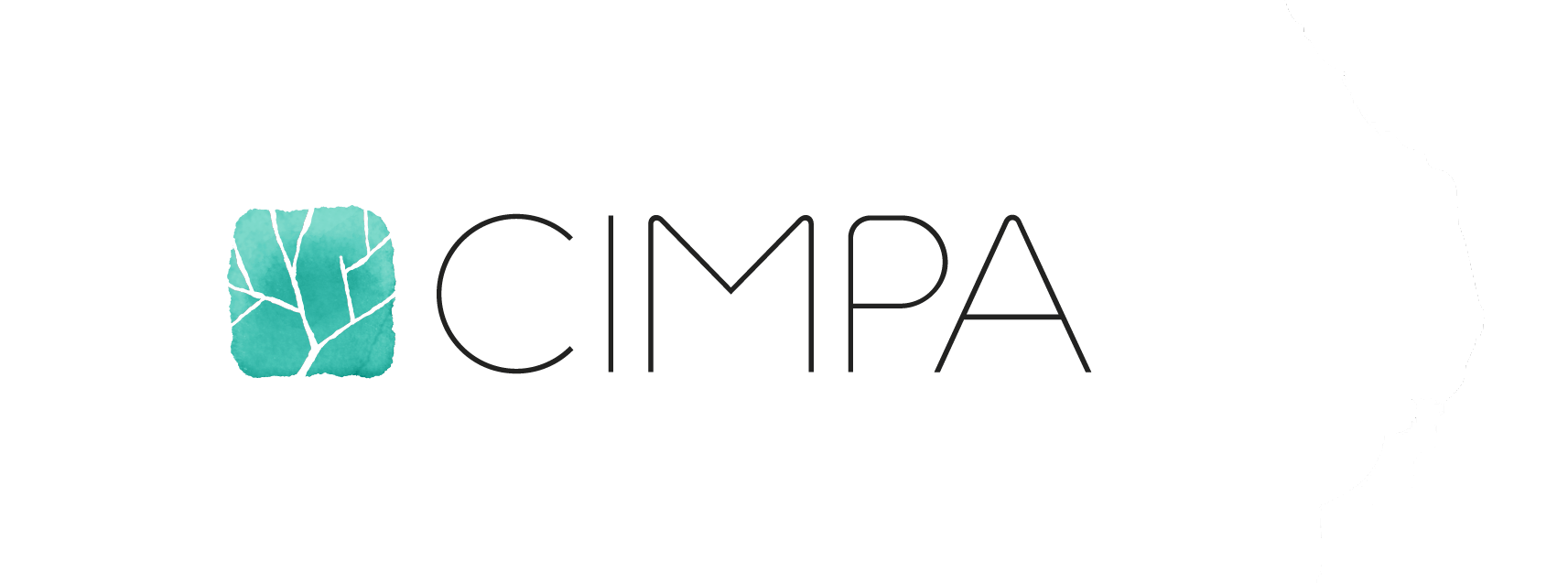The school aims to introduce graduate students and young researchers to modern algebra and its applications, with a focus on Leavitt path algebras, Shift algebras and some non-associative algebras, such as Lie algebras, Jordan algebras, Poisson algebras and their applications in other areas of mathematics, e.g. geometry, topology and analysis, and in theoretical physics. The courses will deal with a description of certain algebraic systems, their classification and connection with other algebraic systems. The participants will be provided with an introduction to the basic material and necessary background, before proceeding to more advanced topics. The courses will survey a range of applications including classical methods of research in certain areas and applications in other modern areas, such as geometry, topology, dynamical systems, combinatorics, analysis and some other. Besides courses, we are also planning a few research talks and sessions devoted to solving exercises, open problems and discussions.
Le programme scientifique est disponible sur le site local de l'Ecole : https://sites.google.com/view/cimpa2024philippines/home
Langue officielle de l'Ecole : Anglais

